In 2024, Apple continues its practice of periodically discontinuing older iPhone models as part of its product lifecycle strategy. With the release of new devices and technological advancements, Apple aims to streamline its product lineup, optimize software support, and ensure that users have access to the most up-to-date features. Discontinuing older models is essential for maintaining a balance between the past and the present in a market where innovation is key.
In this blog, we’ll dive into which iPhone models were discontinued by Apple in 2024 and explore the potential reasons behind these decisions.
Why Apple Discontinues Older iPhone Models
Before getting into the specific models discontinued in 2024, it’s important to understand why Apple discontinues certain iPhones.
- Technological Obsolescence: As Apple continues to push the boundaries of what an iPhone can do, older models naturally fall behind in terms of hardware. These devices may no longer support the newest operating systems, features, and apps. Keeping such models on the market would mean selling a device that could soon be obsolete.
- Supply Chain Optimization: Apple’s supply chain operates on a massive scale, and it requires efficiency to produce millions of devices each year. Discontinuing older models reduces complexity in production and ensures that newer models can be manufactured with the highest efficiency.
- Market Strategy: By discontinuing older models, Apple encourages customers to upgrade to newer devices. This aligns with its goal of driving revenue growth through hardware sales and retaining users within its ecosystem.
- Environmental Impact: Apple has consistently emphasized its environmental efforts, particularly its pledge to reduce carbon emissions and use recycled materials in manufacturing. By discontinuing older devices, the company can control electronic waste more effectively and reduce the environmental impact of its product lineup.
Now, let’s take a look at which iPhone models were discontinued by Apple in 2024.
iPhones Discontinued by Apple in 2024
1. iPhone 12 Series
The iPhone 12 series, released in 2020, marked a major leap in Apple’s smartphone design. The lineup introduced the return of the flat-edged design and 5G connectivity, which was a significant upgrade from the previous generation. However, by 2024, the iPhone 12 has become a bit dated, especially considering the rapid pace of technological advancements.
- Why It Was Discontinued: The iPhone 12 still supports iOS updates, but its A14 Bionic chip is starting to show its age compared to the newer processors in the iPhone 15 and 16 series. Apple likely discontinued this series to streamline the range and to make way for newer models with improved performance, camera systems, and battery efficiency.
- Impact on Users: Despite being discontinued, the iPhone 12 remains a solid device, and users can still expect software updates for at least a few more years. However, those who are looking for the latest features, such as enhanced camera systems or ProMotion displays, will likely be enticed to upgrade to newer models.
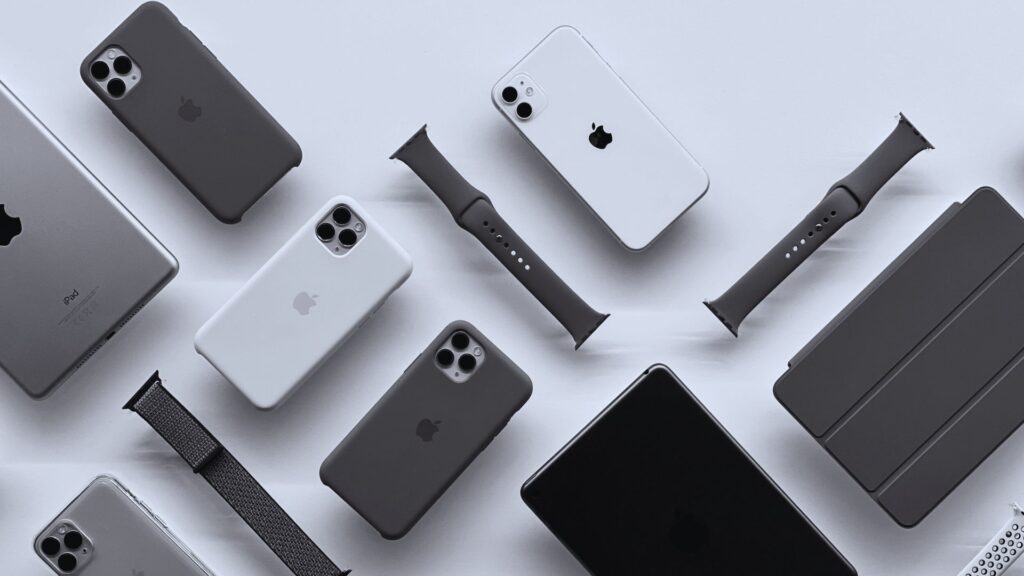
2. iPhone 13 Mini
The iPhone 13 Mini was part of Apple’s second attempt to offer a small, compact smartphone after the iPhone 12 Mini. The Mini line was praised by those who preferred a smaller form factor, but it didn’t quite reach the sales figures Apple hoped for.
- Why It Was Discontinued: The Mini lineup, while beloved by a niche audience, didn’t perform as well in sales compared to its larger counterparts. In a world where bigger screens are becoming the norm, Apple likely discontinued the iPhone 13 Mini to focus on models with larger displays that appeal to a wider audience.
- Impact on Users: The iPhone 13 Mini is still a capable device, and its compact size will continue to attract users who prefer one-handed usage. But with no further updates to the Mini lineup in sight, small-phone enthusiasts might need to consider upgrading to standard or Pro models if they want the latest tech.
3. iPhone SE (2022)
Apple’s iPhone SE (2022), the third-generation of the SE line, was a throwback to the iPhone 8 in terms of design but packed with modern internals. It featured the A15 Bionic chip, the same processor found in the iPhone 13 series, making it a strong budget option for users wanting a classic iPhone experience with Touch ID.
- Why It Was Discontinued: The iPhone SE has always been an affordable alternative for those looking to enter the Apple ecosystem without breaking the bank. However, its aging design—with a physical home button and larger bezels—feels out of place in the modern era of edge-to-edge displays. Apple may be discontinuing this model to push consumers toward more modern designs, possibly paving the way for a refreshed SE model with a newer form factor.
- Impact on Users: While the SE (2022) offered great value at a lower price point, it was clearly becoming outdated, especially in terms of display and design. Users who enjoy the nostalgic feel of the older iPhones might miss this model, but it’s clear that Apple is focusing on more modern designs going forward.
4. iPhone 14 Pro and Pro Max
The iPhone 14 Pro and Pro Max, released in 2022, were highly praised for their powerful A16 Bionic chip, improved camera systems, and Dynamic Island feature. Despite their relatively recent release, Apple has opted to discontinue these models as it shifts focus to newer Pro models.
- Why It Was Discontinued: With the introduction of the iPhone 16 Pro models in 2024, Apple likely discontinued the iPhone 14 Pro and Pro Max to simplify its Pro lineup and ensure that the newest devices receive the spotlight. Apple tends to discontinue Pro models quickly to drive sales of the latest technology.
- Impact on Users: Those who own the iPhone 14 Pro or Pro Max still have access to a powerful and feature-rich device, but it won’t remain the top-of-the-line for long. Discontinuation means that future trade-in values for these models may decrease, making an upgrade to the iPhone 16 Pro or newer models more appealing.
What Does This Mean for iPhone Users?
For users holding onto discontinued iPhone models, this doesn’t mean their devices will suddenly stop working or become irrelevant. Apple provides iOS updates for years after a model is discontinued, so security and app support will still be available. However, the allure of newer features, faster performance, and design changes may tempt some users to upgrade sooner rather than later.
The discontinuation of iPhone models also has implications for pricing. With older models exiting the market, Apple’s mid-tier offerings are likely to shift. This can affect second-hand markets, where discontinued models often become more affordable. It’s also common to see trade-in values decline for older models once newer generations hit the shelves.
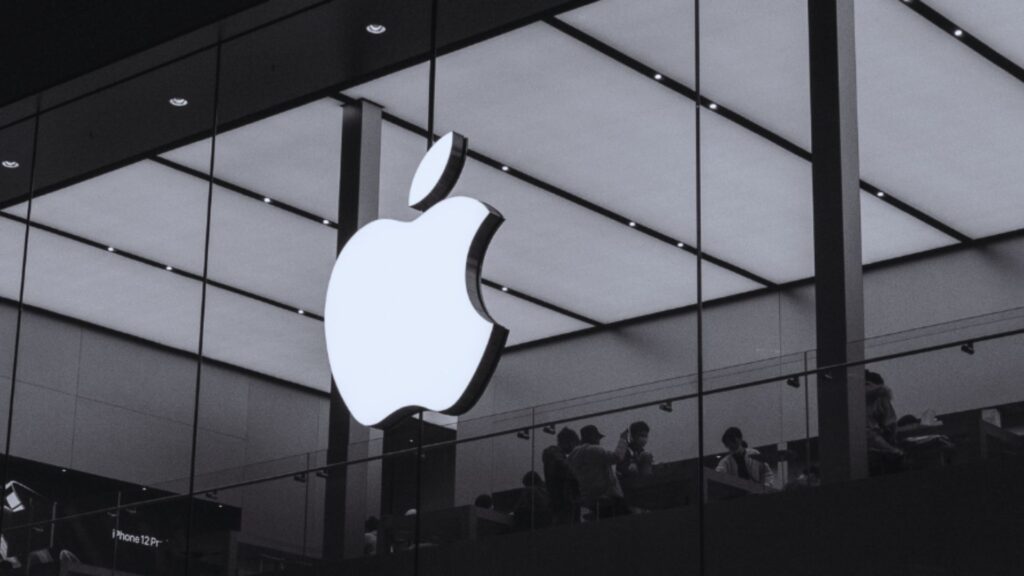
What’s Next for Apple’s iPhone Lineup?
Looking ahead, Apple’s iPhone lineup will likely continue to evolve with a greater focus on advanced features like AI-powered photography, immersive AR experiences, and eco-friendly materials. As technology evolves, more models will inevitably be discontinued, making room for new innovations. The discontinuation of older models is a sign that Apple is moving forward, adapting to changing trends, and refining its product strategy to stay ahead of the curve.
Conclusion
In 2024, Apple’s decision to discontinue the iPhone 12 series, iPhone 13 Mini, iPhone SE (2022), and iPhone 14 Pro models reflects the company’s forward-thinking approach. As the tech giant continues to innovate, users can expect exciting new models to fill the gaps left by these discontinued devices.












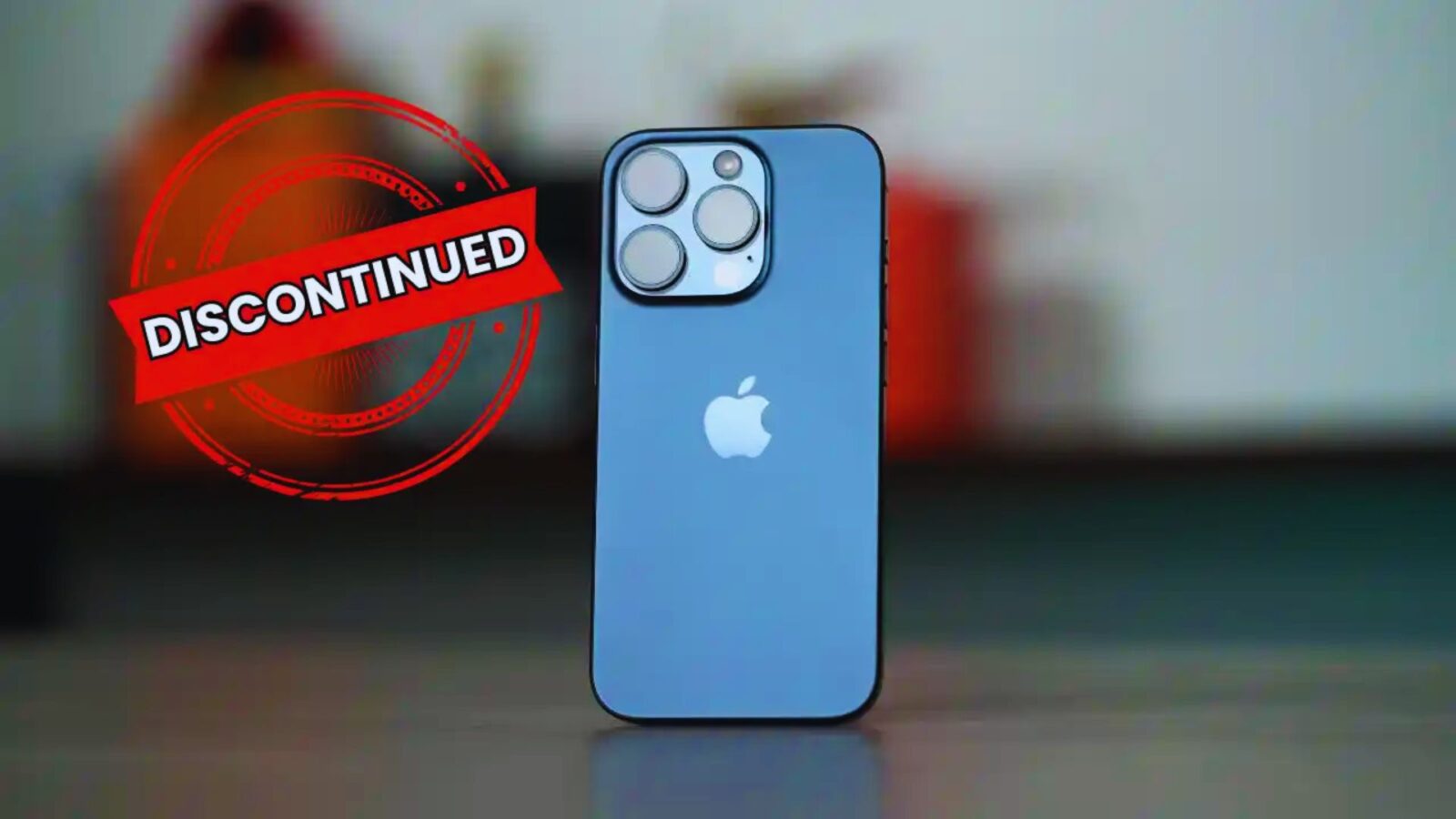

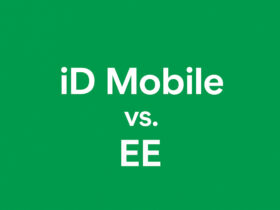

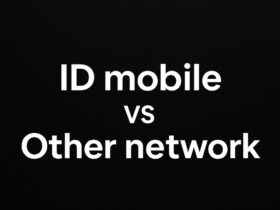

Leave a Reply